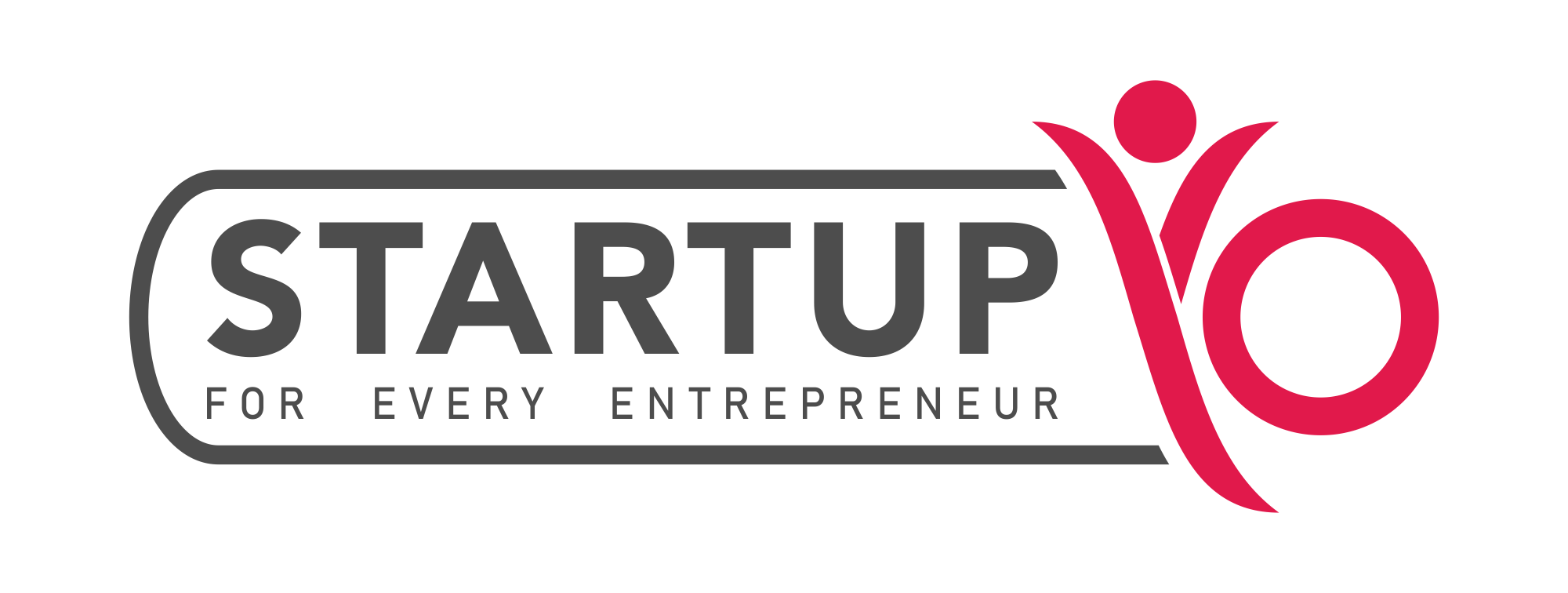- Overview of Complete Guide on Term Loans
- Term Loans: A Brief Introduction
- Objective
- Types of term loans:
- The price structure of a Term Loan:
- Example of Retail Term Loan:
- Examples of Business Term Loans:
- Advantages and disadvantages of term loans:
- Term Loan Interest Rates:
- Features of Term Loan:
- Term Loan Eligibility & Documents Required
- Conclusion
Overview of Complete Guide on Term Loans
In every business, loans play an important role. Lending is essential to the development, growth, and enhancement of the business. It is not uncommon for entrepreneurs to take out loans periodically to finance projects that are likely to require significant investments.
Term Loans: A Brief Introduction
In every business, loans play an important role. Lending is essential to the development, growth, and enhancement of the business. It is not uncommon for entrepreneurs to take out loans periodically to finance projects that are likely to require significant investments.
In fact, loans are the foundation of the whole financial structure. Loans for businesses are often taken for specific, one-time requirements and paid back over a pre-determined time period. Because the life of these loans is confined to a specific period, they are known as term loans.
Term loans also called installment loans are both short- and long-term funding given by banks to business entities. This amount is used by businesses to meet working capital requirements, acquire assets, and expand, and so on. Based on the type of loan product selected by the business, a term loan’s duration and interest rate will vary.
In the financial world, a term loan is an obligation that is repaid over a fixed length of time through scheduled installments. Loans of this type provide recipients with a set amount of funds right away in trade for specified payback terms. This type of loan can be quite helpful in case of an emergency.
In most cases, banks extend loans of this kind to small businesses that need financing to invest in equipment, set up production facilities, or acquire other fixed assets to stay in business. Businesses often borrow to cover short-term expenses. To facilitate this, many banks offer loan programs that aim to facilitate small businesses.
A loan of this type has a fixed interest rate, and the repayment term is also fixed. The amount borrowed, as well as the cost of borrowing, must be paid back when the loan is due. Repayment terms will vary based on the bank. Depending on your credit history and business relationship with the lender, you may not need to post collateral for this secured loan.
Read More: Business Loans and Top 14 Types of Business Loans
Objective
A loan like this serves the purpose of financing the short-term operational needs of a company. Companies that don’t have enough money to cover their daily expenses typically turn to work capital loans. In simple words, a company can turn to these loans to meet its daily expenses.
Many business owners in India sell their products primarily during the festivities. The majority of production activities are usually conducted during the off-season so as to meet demand during the peak season. Subsequently, manufacturing purchases become minimal during the peak season. They focus more on selling their inventory and as a result, minimize the manufacturing process.
It is advantageous for businesses with such a system to opt for a working capital loan to pay for their salaries and other costs during the off-season. These businesses repay as soon as they begin operating again and are no longer in need of financing.
Besides dealing with day-to-day business operations, borrowing money from a lender has a few other benefits. A loan for working capital is intended to facilitate companies meet this need. Given here are a few factors there are to consider.
Types of term loans:
There are multiple types of term loans available for borrowers to choose from. In general, they are determined by factors such as the amount of the loan, the income of the borrower, and the usual cash flow. Below is a list of such factors:
Short-Term Loan: These loans are typically repaid within five years. Loans in this category are aimed at helping a business or individual meet short-term capital requirements. When cash flow is low, quick cash advances are an extremely attractive option. Small businesses, particularly those that are not yet established, find them highly appealing because of their shorter repayment periods. Though short-term loans have a smaller credit limit, they are still a viable option to cope with temporary financial crises. This type of loan is generally offered for a period of 12-18 months.
Long-Term Loans: This type of loan will have a repayment period beyond five years, which can extend as long as 30 years. Typically, a loan is considered long-term if it is repaid over a period of more than five years. Repayments may come from either profit generated from the loan amount or from other sources. A long-term bank loan usually requires collateral as well as a consistent income source because of the higher risks involved. These loans are typically approved by banks only for established businesses with a history of financial success. These types of loans include home loans, auto loans, or loans secured by properties, for instance.
For lenders to distinguish their term loans from other types of loans, they can impose a variety of terms. Listed below are some possible classifications that may be assigned to term loans:
Secured: Secured loan requires some sort of collateral. Most banks and NBFCs request collateral as a condition of lending.
Unsecured: These loans are offered without securing them with collateral. Digital Platforms lend businesses up to Rs. 2 Crores in unsecured loans. However, as a general rule, these are short-term loans that usually expire in two years.
Read More: Equity Financing and business loans, Which is a good choice?
The price structure of a Term Loan:
We mostly use lending as a term to relate to commercial financing. In retail banking, however, term loans represent an important segment. People take out this credit to finance particular requirements. Listed below are the different types of term loans accessible to consumers and small businesses alike. Home loans, education loans, car loans, and personal loans fall into this category.
Example of Retail Term Loan:
Home Loan: Typically, a home loan is provided to an individual or group of persons as a form of financing to assist with becoming a homeowner. This type of loan has a very long repayment period, usually between 15 and 30 years.
Education Loan: Those wishing to pursue higher education can apply for an education loan, which has extremely liberal terms. In most cases, banks do not require security for amounts under Rs.4 Lakh. In either case, the loan is subject to a moratorium period and starts to be repaid after one year. There is a maximum repayment term of seven years.
Car Loans: Purchasing a car requires easy financing options. Individuals can acquire a car through easy financing options. Usually, the repayment period is up to five years.
Personal Loans: Individuals can borrow personal loans to cover expenses such as weddings, medical treatments, or any other need. Usually, they have a three-year repayment period.
Examples of Business Term Loans:
Loans are available to businesses for a variety of uses, such as manufacturing, retailing, and designing. As a result, business loans are obtained on both a short and long-term basis. A few examples are:
- The financing of equipment: Machinery and pieces of equipment are usually capital-intensive, which is why many banks have specialized schemes for financing them. As the loan proceeds are significant, the repayment is likely to be brief or extended according to the agreements.
- Financing of commercial vehicles: It relates to passenger and cargo transportation by vehicle therefore; It comes under the sphere of road transport. The terms of this type of loan are categorized as follows:
- Overdraft: This is a credit facility in which you can make cash withdrawals up to the maximum amount of your approved limit and your credit capacity. The credit of this type is often backed by a security guarantee.
- Despite its size, a business needs funds to keep its operations running and to carry out its daily functions. During times of insufficient cash flow, this loan is useful, because it is primed for liquidation in the short term, usually within one year.
Advantages and disadvantages of term loans:
Advantages: Borrowers and lenders can equally benefit from a loan of this kind. Some of the benefits are listed below.
- Borrowers benefit from affordable loans.
- Tax deductions are obtainable on the amount of interest incurred by borrowers on term loans.
- There are a lot of flexibility and negotiation opportunities in loan terms.
- Unlike debt financing, equity shareholders’ interests are not weakened by the arrangement.
- Having collateral security minimizes risk for the financial institution.
- As long as the borrower regularly makes payments towards the amount owed and interest, the lender will be able to generate a regular and steady income.
- A loan can be converted to equity, so the lender can gain control over the business.
Disadvantages:
- In the event of nonpayment, the lender may question the borrower’s financial stability, posing a threat to its existence.
- Financial risk is increased when a company takes on debt. Taking on debt reduces shareholder value.
- Besides the collateral security, the borrower will have to comply with the lenders’ restrictive conditions. The borrower is expected to maintain his existing assets and stay away from acquiring additional debts. Causing an unnecessary impediment to the firm’s operations.
- A lender with no control over the business is more likely to ask for the loan to be converted to equity.
Read More: Complete Guide on Secured Loans.
Term Loan Interest Rates:
In India, the average interest rate on a term loan usually ranges from 11.2% to 36% depending on the loan type. It is advisable to compare interest rates among various lenders prior to applying.
When determining the cost of capital, interest rates are a major factor. Loan interest rates fall into two categories. They are:
- Floating Rate – A floating rate is one that changes periodically.
- Fixed Rate- A fixed interest rate is constant. Whether it applies throughout the full term of the loan or only part of it, it remains constant during that set period.
NBFCs and e-platforms adhere to a different interest rate paradigm than traditional financial institutions. Banks have been subject to the Marginal Cost of Lending Rate (MCLR) regime as of the 1st of April 2016. Repo rates, which are regularly announced by the RBI, determine the rate.
Features of Term Loan:
There are a number of features associated with business term loans, mainly depending on the duration of the loan and the flexibility offered by the lender. While banks follow more stringent standards, e-lenders and NBFCs have their own standards. Therefore, business loans provide these key advantages:
- Flexible Loan tenors allow the borrower to pick an appropriate repayment period. Ultimately, one reduces the risk of default by reducing EMI burdens.
- Term-based interest rates are competitive. A low-interest rate is offered by long-term loans.
- Small-business term loans in the e-commerce sector are collateral-free. The loans, however, are typically short-term.
- Online processing is now allowed by most lenders. You can therefore submit a request for a business loan online.
Term Loan Eligibility & Documents Required
Different banks have different eligibility requirements; however Indian banks and financial institutions generally follow a couple of general guidelines. Small and medium-sized enterprises (SMEs) that meet these criteria may qualify for ‘Term Loans
- The applicant should be an Indian national
- The age of applicants should be 21-65 years old. Individuals can have a maximum age of 55 to 70 years.
- A regular source of income is required.
- Businesses must be running for a minimum of six months before they are considered for a loan and further terms can be negotiated with lenders
The threshold for business viability is Rs. 90,000 per quarter, in the best-case scenario.
Documents:
- A copy of the PAN card (individual and or the business organization), whichever is applicable.
- Copies of the individual’s Aadhaar cards.
- Proof of the address of the individual and the company.
- An official copy of the business’s license, as well as evidence of the business’s authenticity.
- Statements of bank accounts as required by the lender.
- A feasibility report that includes economic and technical considerations.
- Statements of income and expenses, balance sheets, and statements of revenue and expenditure for specified periods.
Read More: SBI Business/SME Loan
Conclusion
The popularity of these loans can be attributed to a number of reasons, like their affordability and flexibility, as well as their ease of application and documentation. For businesses that want to expand, a term loan might be the best choice. Consider your financial needs, your repayment capacity, and the types of loans available before submitting an application.
Disclaimer: The information contained in this article is for general information purposes only. The information is provided by StartupYo (SAB Weblabs Pvt. Ltd). While we endeavor to keep the information up to date and truest to the best of our knowledge, we make no representations or warranties of any kind, express or implied, about the completeness, accuracy, reliability, suitability, or availability with respect to the website or the information, products, services, or related graphics contained on the website for any purpose. Any reliance you place on such information is therefore strictly at your own risk.



